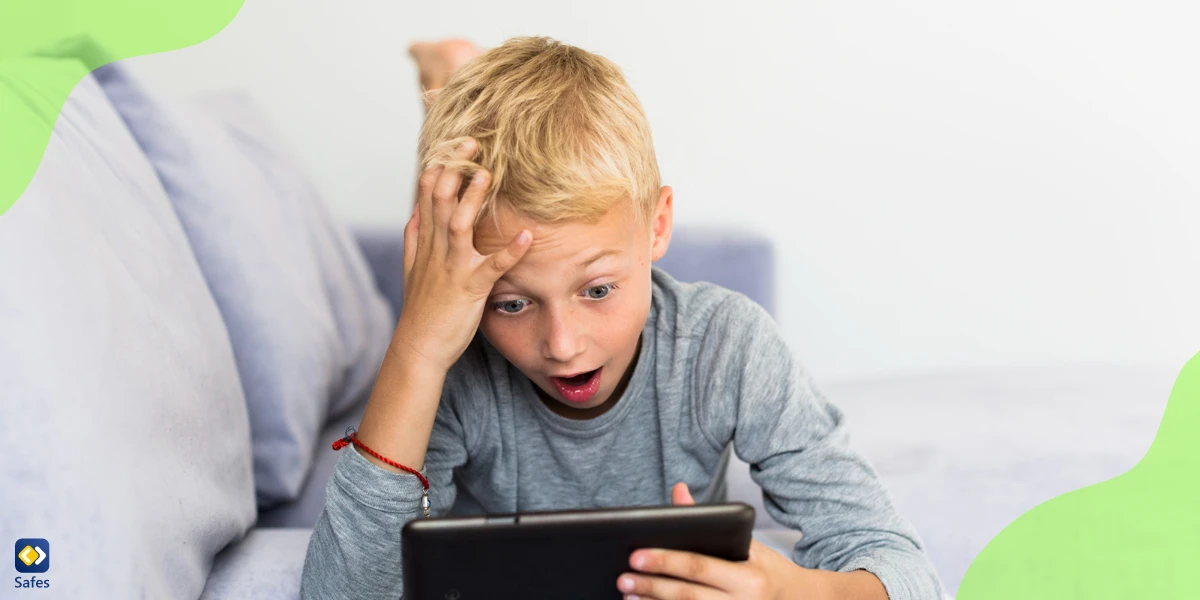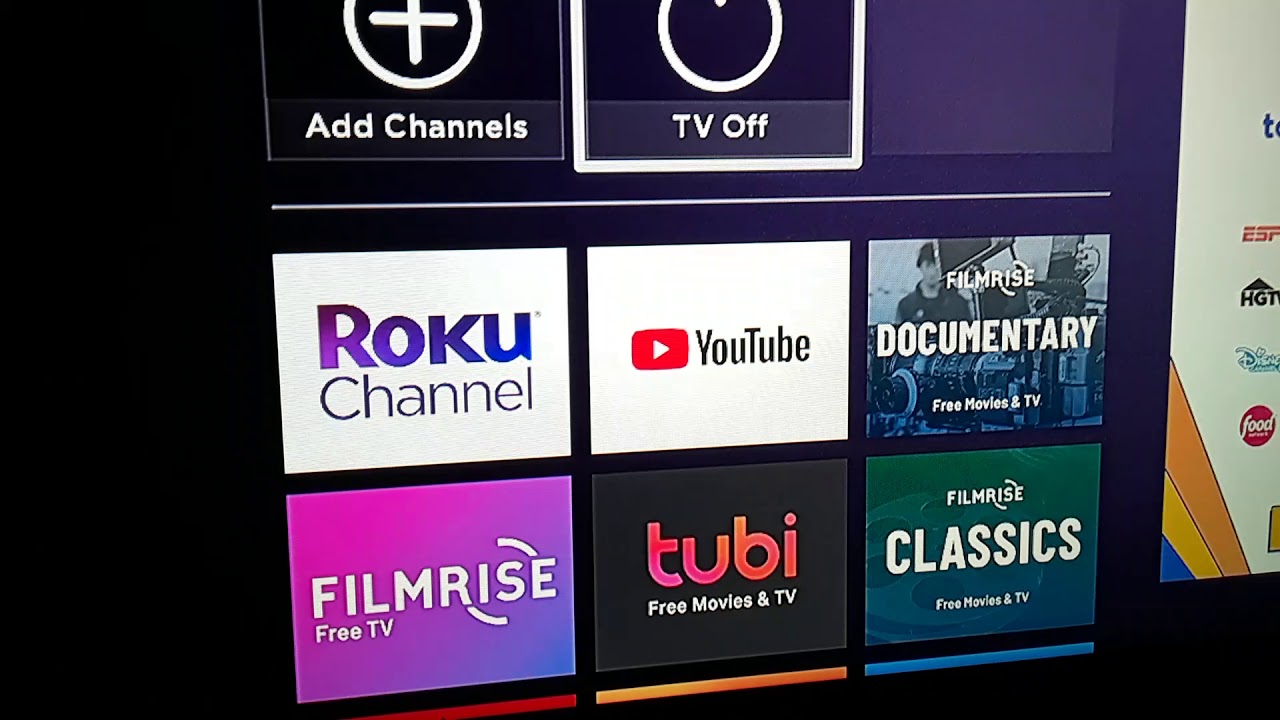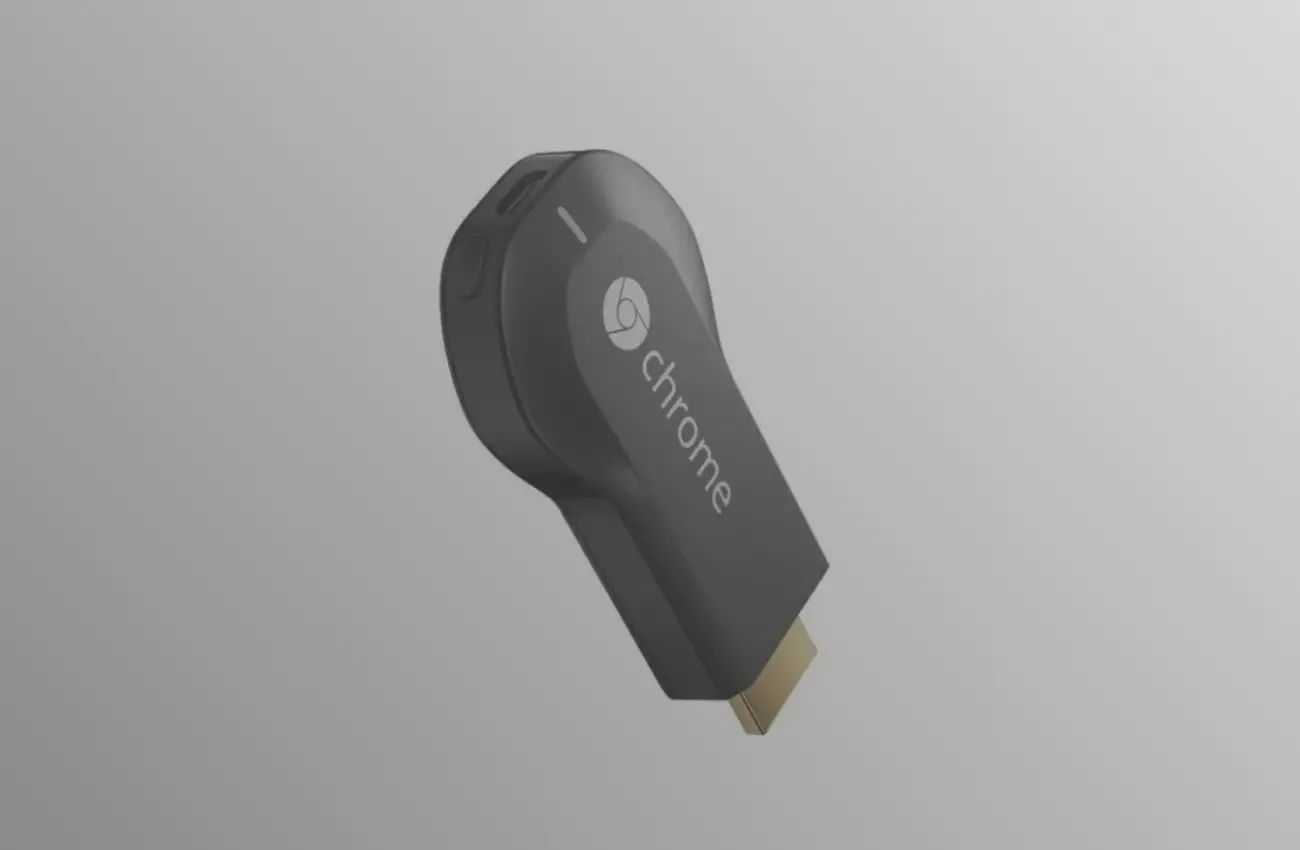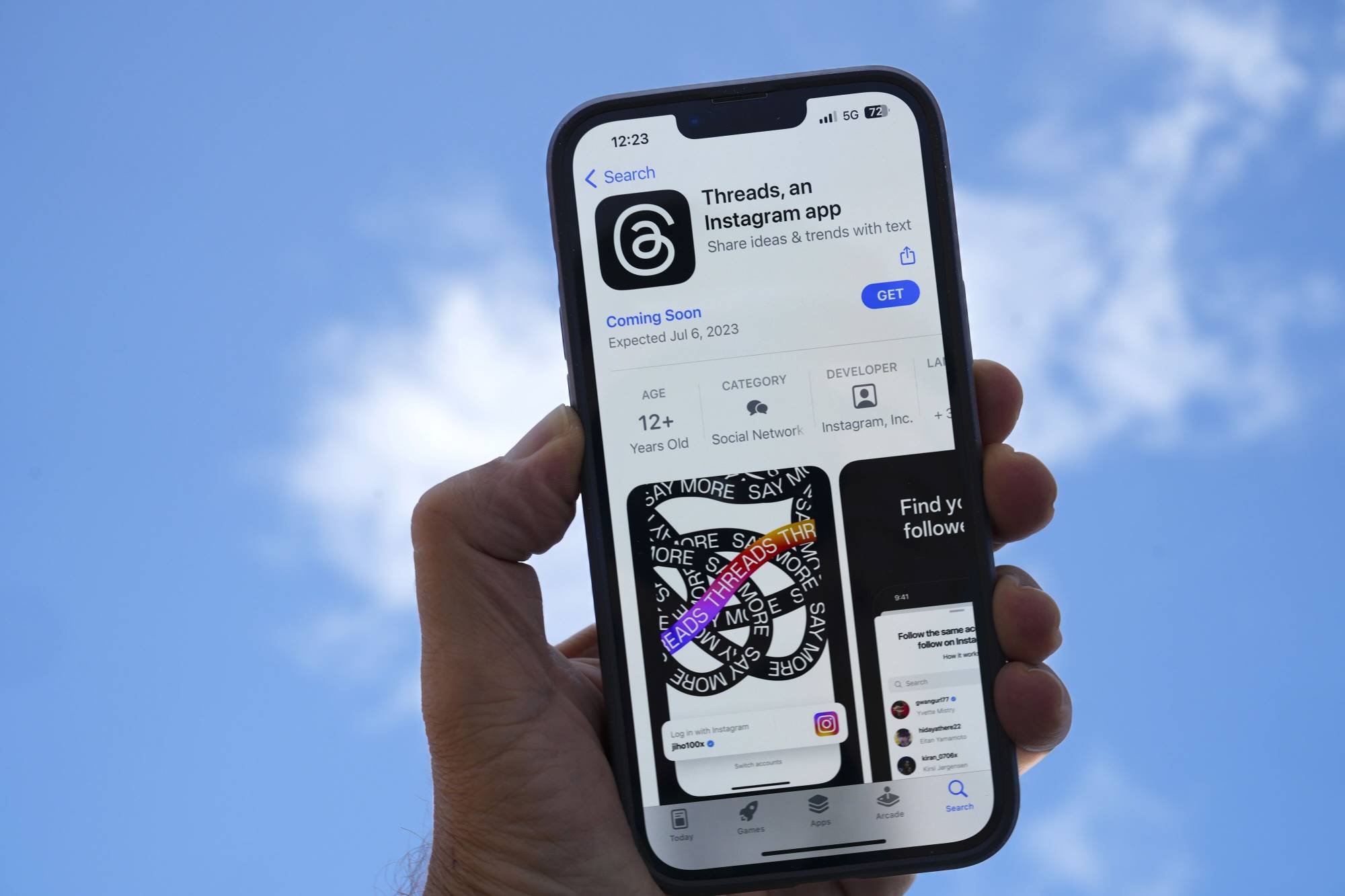Introduction
In today’s digital age, tablets have become a ubiquitous part of our lives. They offer easy access to information, entertainment, and a wide range of apps and content. But along with the benefits, there are also potential risks, especially when it comes to accessing inappropriate or explicit material like pornography. This is particularly concerning for parents who want to protect their children’s online experience.
While discussions about blocking porn may be uncomfortable for some, it is important to address the issue and take appropriate measures to ensure a safe and age-appropriate browsing environment. Fortunately, there are various methods and tools available to help block porn on tablets.
In this article, we will explore why blocking porn on a tablet is essential, discuss the built-in parental control options provided by different tablet operating systems, and look at third-party apps and software that can enhance content filtering capabilities. We will also provide step-by-step instructions for both Android and iOS tablets, as well as additional measures to consider for a comprehensive approach to internet safety.
By implementing these measures, parents can have greater peace of mind knowing that they are taking steps to protect their children from exposure to explicit material and ensuring a safer digital experience for the whole family.
Why block porn on a tablet?
Blocking porn on a tablet is crucial for maintaining a safe and healthy online environment, particularly for children. Here are a few key reasons why it is important to take this step:
- Protecting children from explicit content: Children are curious and may stumble upon adult content unintentionally while browsing the internet. Exposure to pornographic material at a young age can have negative psychological and emotional effects. By blocking porn on tablets, parents can create a protective barrier that limits their children’s access to explicit content.
- Promoting healthy sexual development: Pornography often depicts unrealistic and distorted views of sexuality, which can negatively influence the way young individuals perceive relationships and sexual behavior. By blocking porn, parents can help foster a healthier understanding of sexuality based on age-appropriate education and conversations.
- Preventing addiction and unhealthy habits: Pornography addiction is a growing concern, and easy access through tablets can exacerbate the problem. By implementing content filtering, parents can help reduce the risk of developing addictive behaviors and encourage healthier technology usage habits.
- Maintaining device security: Accessing pornographic websites can increase the risk of exposure to malware, viruses, or phishing scams. Blocking porn helps safeguard the tablet and its user from potential security threats associated with explicit content.
- Fostering open communication: When parents proactively block porn on their children’s tablets, it opens up an opportunity for discussions about internet safety, appropriate online behavior, and healthy digital habits. This promotes a more open and transparent relationship between parents and children regarding their online activities.
By understanding the importance of blocking porn on tablets, parents can take proactive steps to create a safer digital environment for their children, promoting their well-being and healthy development.
Built-in parental controls on tablets
Tablet operating systems, such as Android and iOS, offer built-in features that allow parents to easily configure parental controls and restrict access to inappropriate content. These controls provide a convenient and effective way to block porn on tablets without the need for third-party apps or software. Let’s take a closer look at what each operating system offers:
- Android: Android devices come with a feature called “Google Play Protect.” This feature includes a parental control option called “Parental Controls,” which enables parents to filter apps, games, movies, and other content based on age appropriateness. To access this feature, parents can go to the “Settings” menu, select “Security,” and find the “Parental Controls” option. From there, they can set up restrictions and block explicit content on the tablet.
- iOS: Apple devices running iOS have a robust parental control feature called “Screen Time.” This feature enables parents to set up restrictions on various aspects of the device, including content and app access. To configure parental controls on an iOS tablet, parents can go to the “Settings” menu, select “Screen Time,” and follow the prompts to set up restrictions and filter explicit content.
These built-in parental control features allow parents to customize the level of internet filtering and content restrictions according to their children’s age and maturity. By taking advantage of these controls, parents can effectively block porn and other inappropriate content, ensuring a safer browsing experience for their children.
Third-party apps and software to block porn
While built-in parental controls offer a good starting point, some parents may prefer more advanced features and customization options when it comes to blocking porn on tablets. Third-party apps and software can provide additional layers of protection and content filtering capabilities. Here are a few popular options:
- Bark: Bark is an app that specializes in monitoring and filtering content on various devices, including tablets. It uses advanced algorithms to detect potentially harmful content, including explicit material, and sends alerts to parents. Along with content filtering, Bark also provides other monitoring features to keep parents informed about their children’s online activities.
- Net Nanny: Net Nanny is a comprehensive parental control app that offers advanced web filtering features. It allows parents to block access to specific websites or categories of content, including pornography. Net Nanny also provides real-time email alerts and reporting to keep parents up to date on their child’s online activities.
- Kaspersky Safe Kids: Kaspersky Safe Kids is a versatile app that offers both free and premium versions. It includes features like website filtering, app usage monitoring, and GPS tracking. With Kaspersky Safe Kids, parents can block explicit content and receive notifications if their child attempts to access inappropriate websites.
These are just a few examples of the many third-party apps and software available to block porn on tablets. When choosing a solution, it is important to consider factors such as ease of use, compatibility with the tablet’s operating system, and the specific features that best align with your family’s needs.
However, it’s worth mentioning that no filtering solution is foolproof, and it’s crucial for parents to regularly communicate with their children about online safety and responsible internet use. Combining third-party apps with open conversations can provide a proactive approach to ensuring safer browsing experiences for children on tablets.
How to block porn on an Android tablet
Android tablets provide various options for blocking porn and restricting access to explicit content. Following these steps can help you effectively enable parental controls and enhance content filtering on your Android tablet:
- Open the “Settings” app on your Android tablet.
- Navigate to the “Security” or “Privacy” section.
- Look for the “Parental Controls” or “Restricted Profiles” option.
- Click on “Parental Controls” or “Manage Restricted Profiles.”
- Choose whether to create a new profile or use an existing one.
- Set a PIN or password for the parental controls to prevent unauthorized changes.
- Select the desired restrictions and filtering options, including blocking explicit content.
- Save the settings and exit the parental controls menu.
By enabling parental controls on your Android tablet, you can effectively block pornographic websites and content, ensuring a safer browsing environment for your children.
It is worth noting that the specific steps for enabling parental controls may vary slightly depending on the Android tablet model and operating system version. However, the general process outlined above should provide a good starting point. Additionally, it is important to periodically review and update the parental control settings to adapt to your child’s changing needs and maturity.
If your Android tablet does not have built-in parental controls or you prefer more advanced features, you can explore the option of using third-party apps specifically designed to block porn and enhance content filtering.
How to block porn on an iOS tablet
iOS tablets, such as iPads, offer robust built-in features called “Screen Time” that allow you to easily block porn and customize content restrictions. Follow the steps below to enable parental controls and enhance content filtering on your iOS tablet:
- Open the “Settings” app on your iOS tablet.
- Tap on “Screen Time.”
- If you haven’t set up Screen Time before, select “Turn On Screen Time.” If it’s already enabled, proceed to the next step.
- Tap on “Content & Privacy Restrictions.”
- Select “Content Restrictions.”
- Tap on “Web Content” to set restrictions for browsing websites.
- Choose “Limit Adult Websites” to automatically filter out explicit content.
- For more strict filtering, select “Specific Websites Only” and manually add approved websites.
- You can also block or allow specific websites by adding them to the “Never Allow” or “Always Allow” lists.
- Exit the “Content & Privacy Restrictions” menu to save the settings.
By enabling content restrictions and web content filtering through Screen Time, you can effectively block pornographic websites and limit access to explicit content on your iOS tablet.
It is important to note that the steps for enabling parental controls and content restrictions may vary slightly depending on the iOS version you are using. However, the general process outlined above should apply to most iOS tablets.
Regularly review and update the content restrictions to ensure they align with your child’s age and maturity. Additionally, consider setting a passcode or biometric authentication for Screen Time settings to prevent unauthorized changes.
If you require more advanced features or additional control over content filtering, you can explore third-party apps specifically designed to block porn and enhance parental controls on iOS tablets.
Additional measures to consider
While enabling parental controls and using third-party apps are effective ways to block porn on tablets, there are additional measures you can take to enhance internet safety for your children. Consider implementing the following:
- Open communication: Keep an open dialogue with your children about online safety, appropriate internet use, and the importance of avoiding explicit content. Encourage them to come to you with any questions or concerns they may have.
- Establish clear rules: Set clear guidelines and rules regarding tablet usage, including time limits and designated usage areas. By establishing boundaries, you can help create a healthy balance between screen time and other activities.
- Supervise online activities: Regularly check your child’s browsing history, app downloads, and social media accounts. This allows you to stay informed about their online activities and address any potential issues.
- Educate on responsible online behavior: Teach your children about the importance of responsible online behavior, including the risks associated with sharing personal information, interacting with strangers, and engaging in cyberbullying.
- Use safe search settings: Enable safe search settings on search engines to filter out explicit content from search results. Most popular search engines offer this feature, often located in the settings or preferences section.
- Monitor app downloads: Regularly review the apps your children download and use. Be aware of the content and features of each app to ensure they align with your family’s values and are appropriate for your child’s age.
- Stay informed: Keep yourself updated on the latest trends, apps, and potential risks associated with online activities. This knowledge will help you guide your children and stay ahead of potential concerns.
Remember, it is not enough to rely solely on technology to protect your children from explicit content. By combining technical measures with open communication, education, and supervision, you can create a safer and more responsible online environment for your children.
Conclusion
Blocking porn on a tablet is an essential step in ensuring a safe and age-appropriate browsing experience, especially for children. With the wide availability of tablets and the vast amount of explicit content on the internet, it is crucial for parents to take proactive measures to protect their children.
In this article, we explored the importance of blocking porn on tablets and discussed various methods to achieve this goal. We discussed the built-in parental controls provided by Android and iOS tablets, which allow parents to easily enable content filtering and restrict access to explicit material.
We also highlighted the option of using third-party apps and software, such as Bark, Net Nanny, and Kaspersky Safe Kids, to enhance content filtering capabilities and provide additional layers of protection.
Furthermore, we provided step-by-step instructions on how to enable parental controls and block porn on both Android and iOS tablets.
Finally, we discussed additional measures to consider, including open communication, clear rules, supervision, education on responsible online behavior, safe search settings, monitoring app downloads, and staying informed about online risks and trends.
By implementing a combination of parental controls, third-party apps, and proactive measures, parents can create a safer digital environment for their children, reducing the risk of exposure to explicit content and promoting healthy internet habits.
Remember, the key to successful internet safety lies not just in technical measures but also in open communication and ongoing education. By working together, we can ensure that our children have a positive online experience while being protected from harmful content.

























